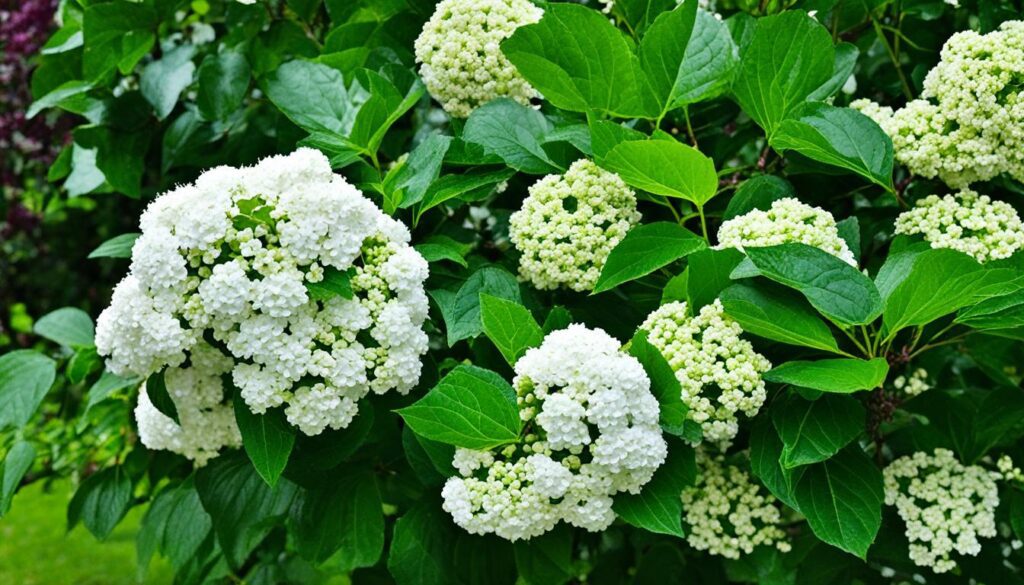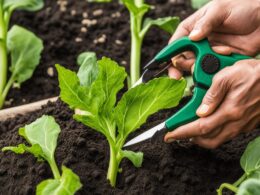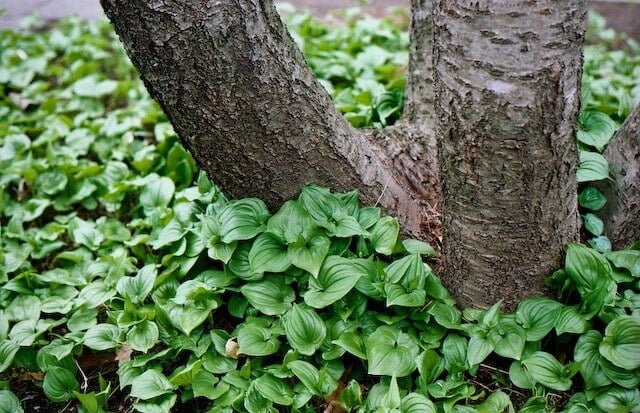If you want your viburnum shrubs to thrive with optimal growth and abundant blooms, proper pruning is key. Understanding when to prune your viburnums is crucial for maintaining their shape and promoting overall health. In this article, we will provide you with expert gardening tips on pruning viburnum, ensuring that your shrubs remain healthy and vibrant.
Viburnums are woody shrubs known for their beautiful flowers and fall fruit. Pruning plays a significant role in enhancing their natural habit and ensuring structural integrity. The timing of pruning depends on the age of the plant, and the goals of the pruning process may vary for young plants versus mature specimens.
Continue reading to discover the best techniques for pruning viburnums and how to apply them to your specific needs.
Pruning Techniques for Viburnums
When it comes to pruning viburnums, understanding the appropriate techniques is crucial for maintaining the health and aesthetics of your shrubs. Whether you have a young plant or mature specimens, different pruning approaches can be employed to achieve the desired results.
Assessing the State of the Shrub
Before starting the pruning process, take the time to assess the overall condition of the viburnum. Identify any dead, diseased, or broken wood that needs to be removed. This initial step sets the stage for the subsequent pruning actions.
Structural Pruning for Young Plants
For young viburnum plants, structural pruning is essential for creating a stable framework. By focusing on pruning the interior of the shrub, you can help it withstand damaging forces of nature. Remove any crossing branches and shape the upper canopy to achieve the desired form. By establishing a strong foundation early on, you’ll set your young plant up for optimal growth and development.
Reducing Branch Load and Rejuvenating Mature Specimens
Mature viburnum shrubs may require pruning to reduce the load on overextended stems and rejuvenate their overall appearance. This will involve identifying and removing older branches to allow younger stems to flourish. Pruning objectives include restoring shape and density while promoting healthy growth. Keep in mind that pruning can be done during the dormant season in late winter or after flowering in late summer, depending on the specific species.
Steps for Successful Pruning
When pruning viburnums, it’s important to follow a systematic approach to achieve the best results. Consider the following steps:
- Visualize the shrub from above to assess the overall shape.
- Identify crossing branches and remove them to improve airflow and reduce potential disease risks.
- Shape the upper canopy by selectively pruning outer branches to achieve the desired form.
Throughout the pruning process, make sure to step back and reassess the shrub’s shape and density. This will help you achieve the desired aesthetic while ensuring the shrub’s overall health and vitality.
Pruning Viburnum Varieties
Different varieties of viburnums may require specific pruning techniques. Let’s explore the pruning needs of Snowball Viburnum, other Viburnums, and tree-forming viburnum.
Snowball Viburnum
Snowball Viburnum flowers on old wood, so it is important to prune it after it has finished blooming. Once the flowering season is over, you can begin by thinning out any old or weakened branches, reducing the height if necessary, and shaping the shrub to develop a better overall form. By pruning after flowering, you can ensure that you’re not removing potential buds for the next season and promote optimal growth.
Other Viburnums
Most other varieties of viburnums rarely require pruning, as they naturally maintain their shape and growth habit. However, if necessary, you can shape them to your desired aesthetic preferences. After the viburnum shrub has been established for 4 to 5 years, you may consider removing some of the older stems to enhance the display of flowers, bringing them to eye level for better appreciation.
Tree-Forming Viburnums
Tree-forming viburnums, particularly taller growing varieties, can be pruned to transform them into attractive small trees with either a single trunk or multiple trunks. The process involves selecting and removing any unwanted branches while allowing the tree to grow and reach the desired size. With careful pruning, you can create a balanced and proportioned canopy-to-trunk ratio, resulting in an eye-catching ornamental tree.
By understanding the specific pruning techniques required for different viburnum varieties, you can ensure that your shrubs will flourish and maintain their natural beauty throughout the seasons.
Conclusion
In conclusion, viburnum pruning is essential for maintaining the shape and enhancing the natural habit of these beautiful shrubs. By pruning at the right time, you can promote optimal growth and ensure abundant flowering. For young plants, it is best to prune at planting time to establish a stable framework. Mature specimens benefit from pruning to reduce branch load and maintain their strength.
Timing is critical when pruning viburnums. You can prune them during their dormant season in late winter or after flowering in late summer. This allows you to strike a balance between preserving the shrub’s strength and showcasing its ornamental display. By following specific pruning techniques for different viburnum varieties, such as Snowball Viburnum and tree-forming viburnums, you can shape them to their best aesthetic potential.
Remember that regular pruning is just one part of caring for viburnums. To ensure healthy and shapely shrubs with abundant flowers, provide proper aftercare by feeding and watering them regularly. With these practices in place, you can enjoy the beauty of viburnums year after year, as they flourish and enhance your outdoor space.
Can I Use the Same Pruning Techniques for Viburnum and Gardenias?
Yes, pruning gardenias for beginners can be similar to the techniques used for viburnum. Both plants benefit from regular pruning to encourage healthy growth and vibrant blooms. However, it’s important to research the specific needs of each plant to ensure you are using the appropriate methods for each.










